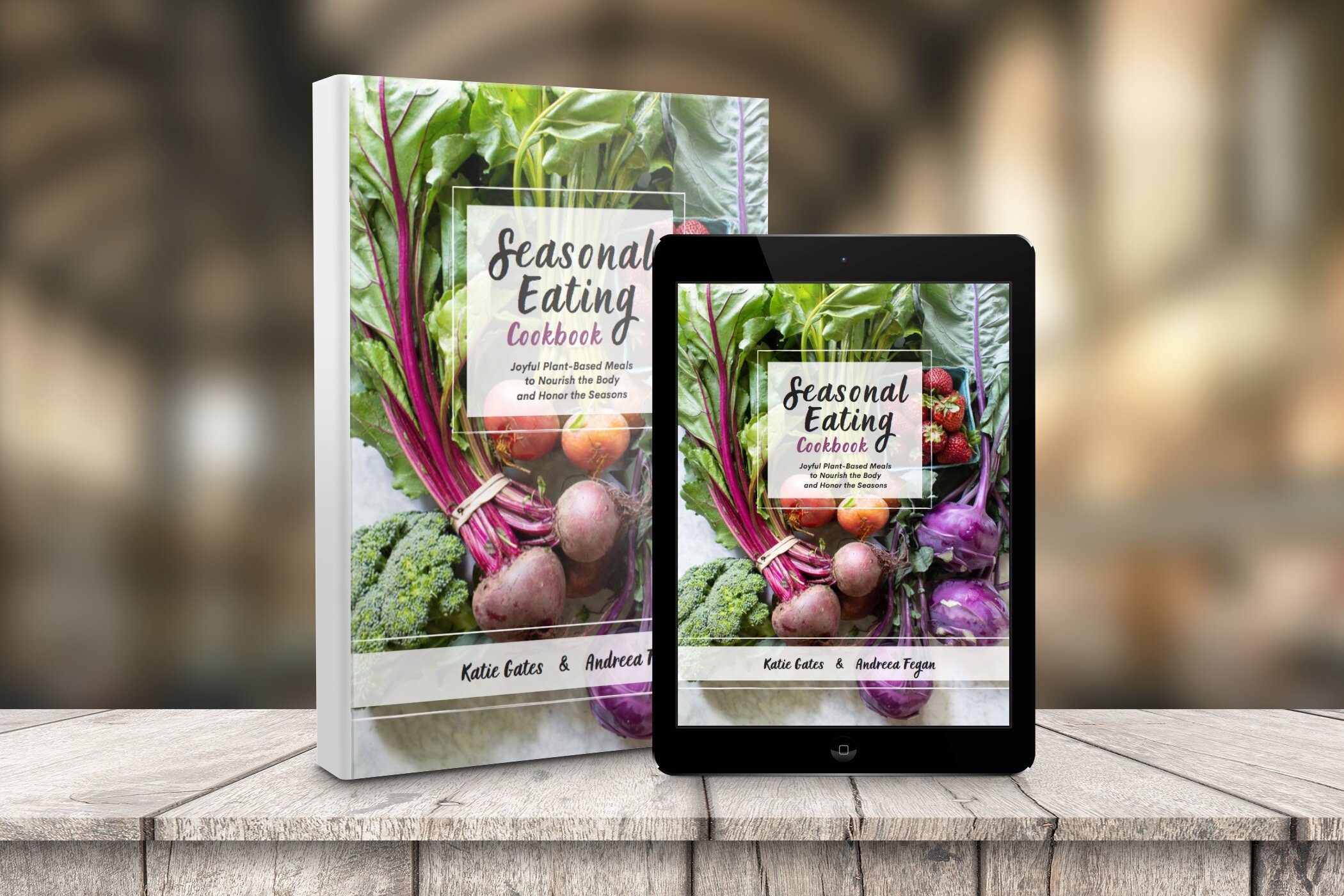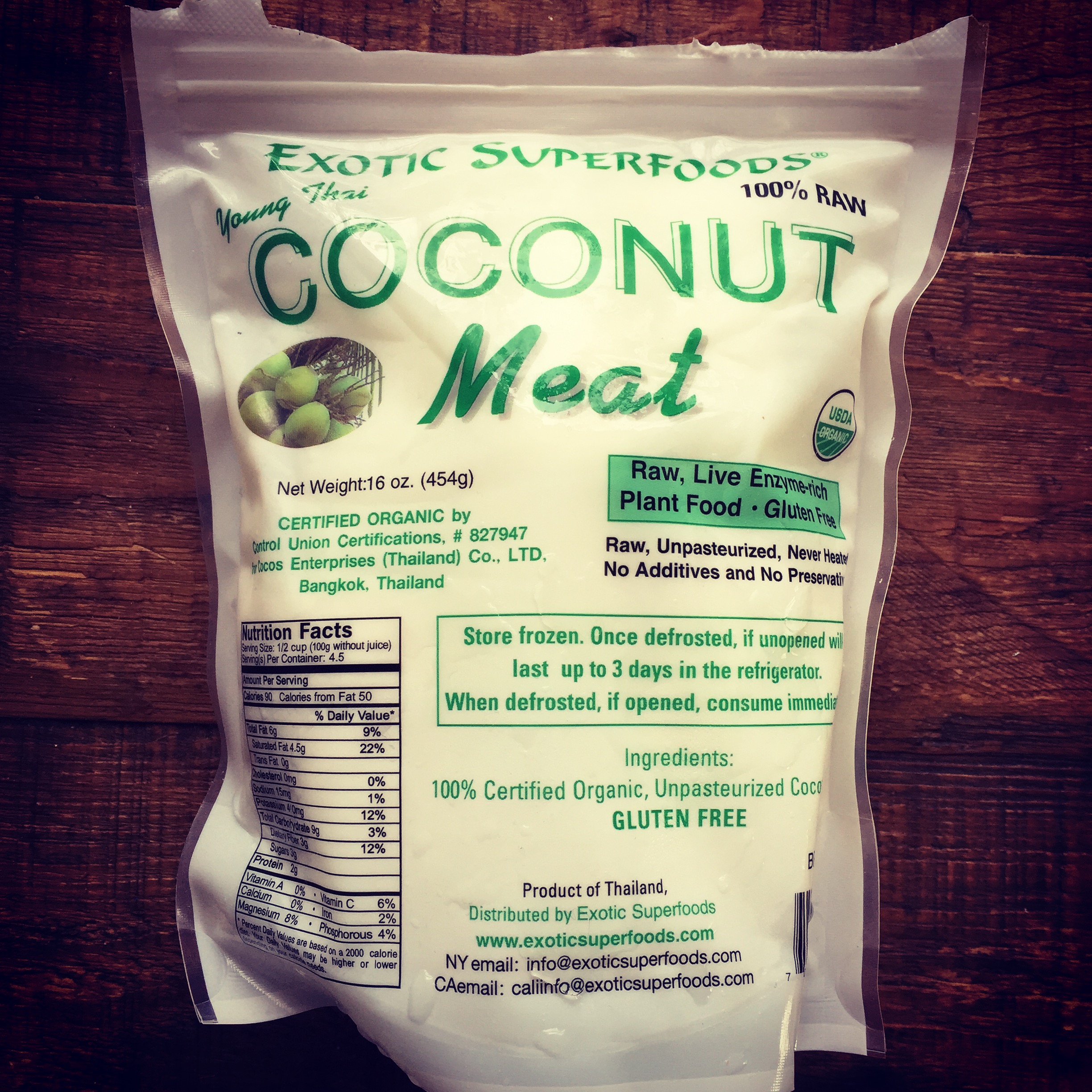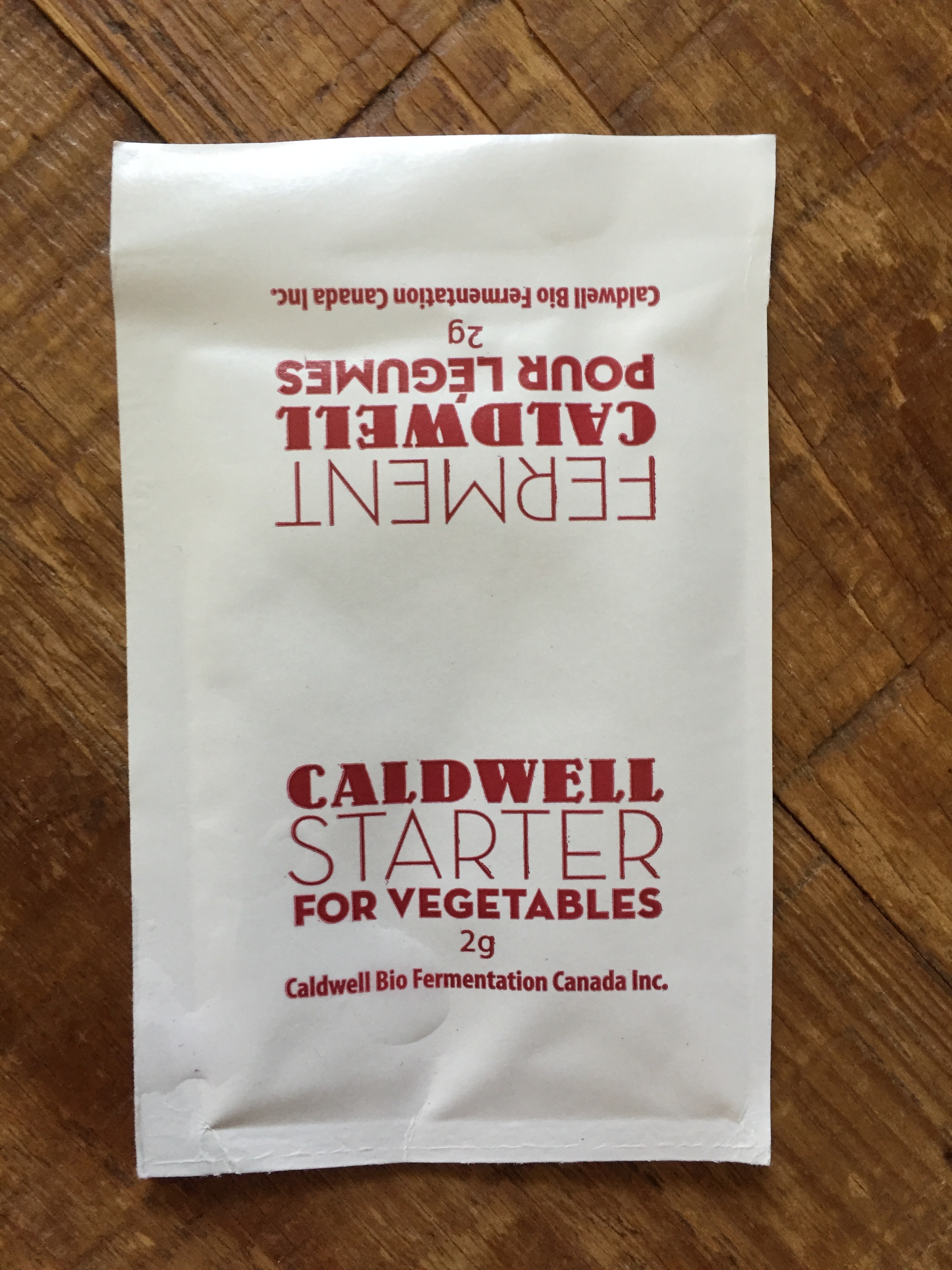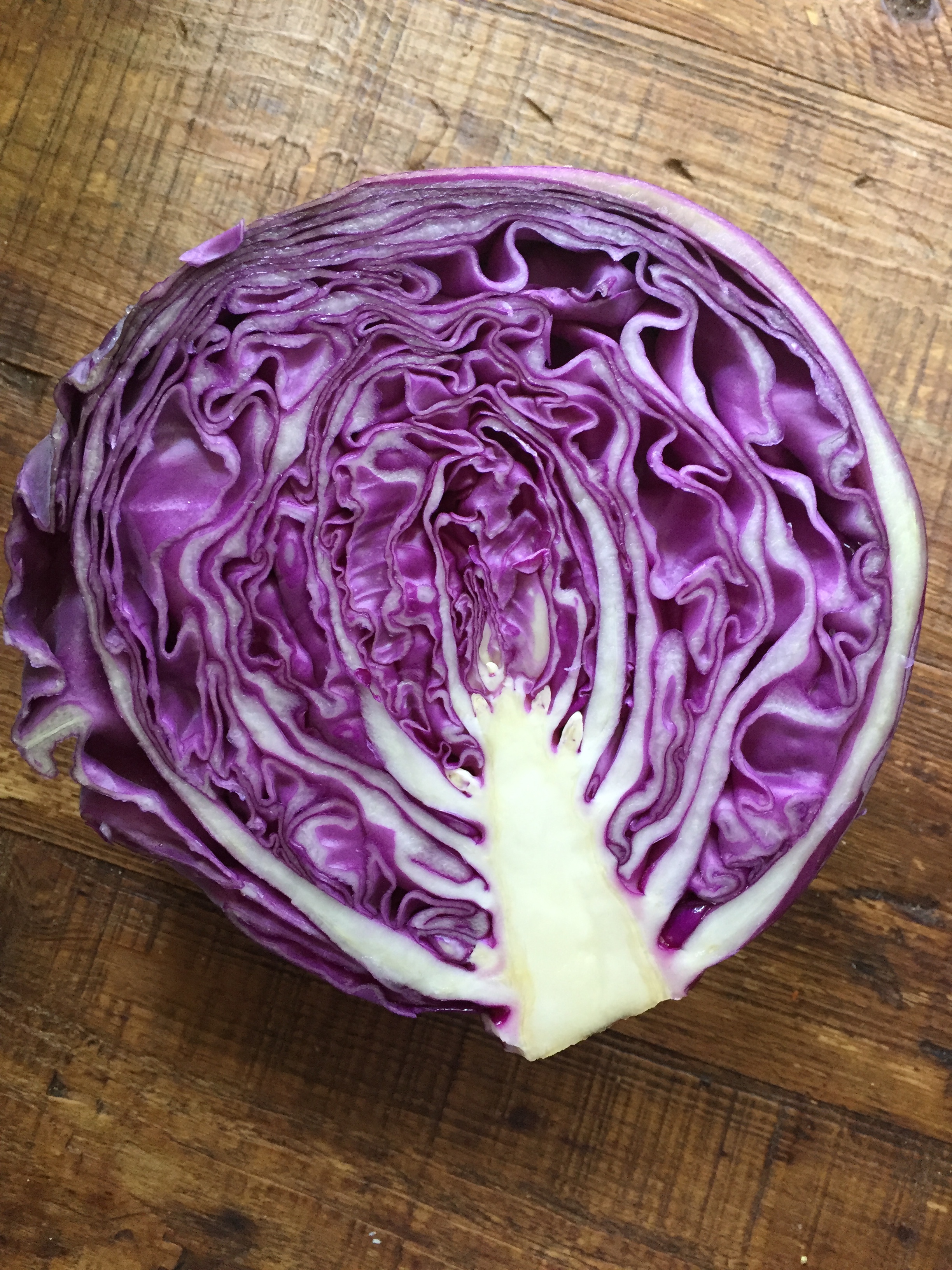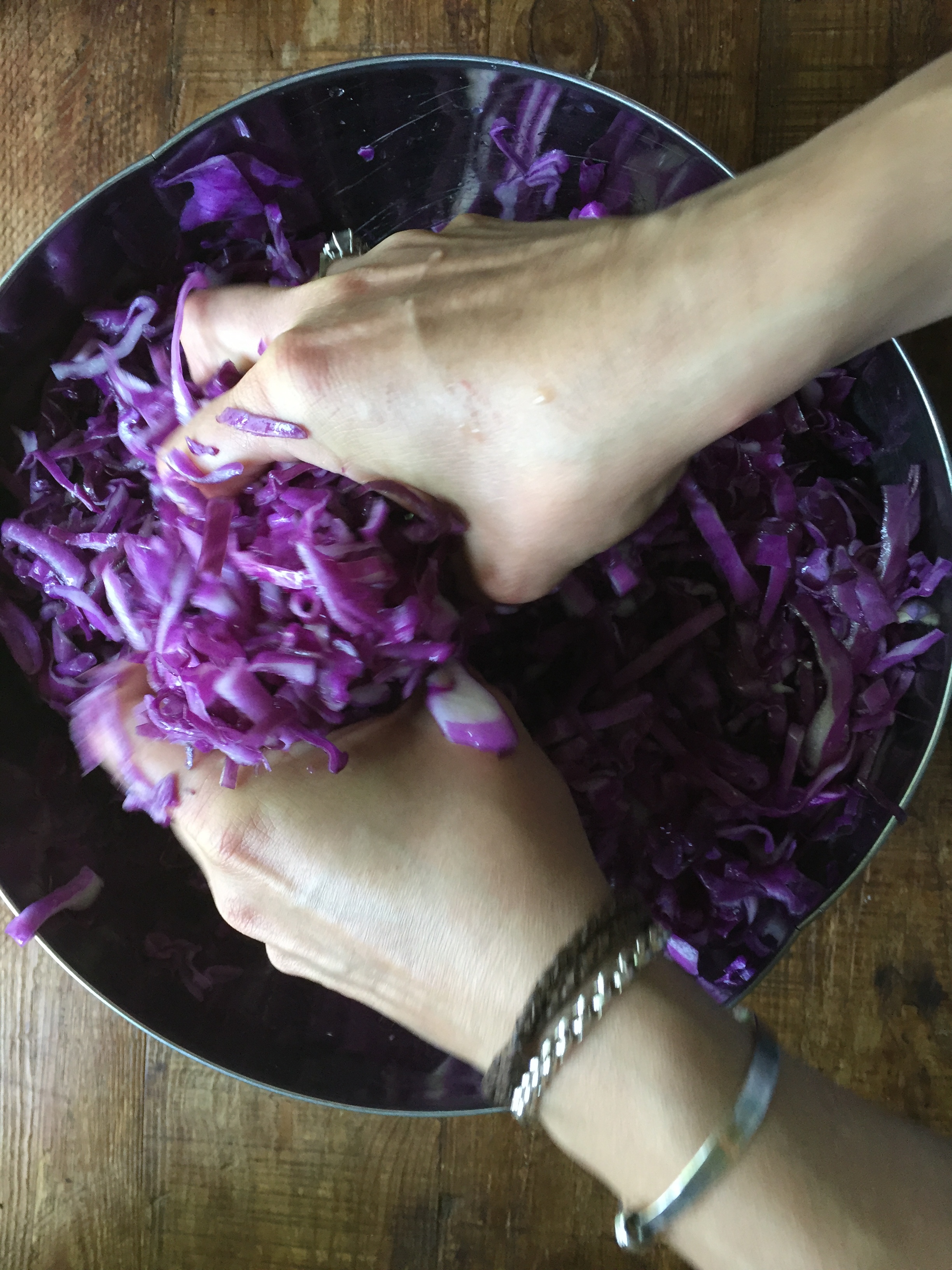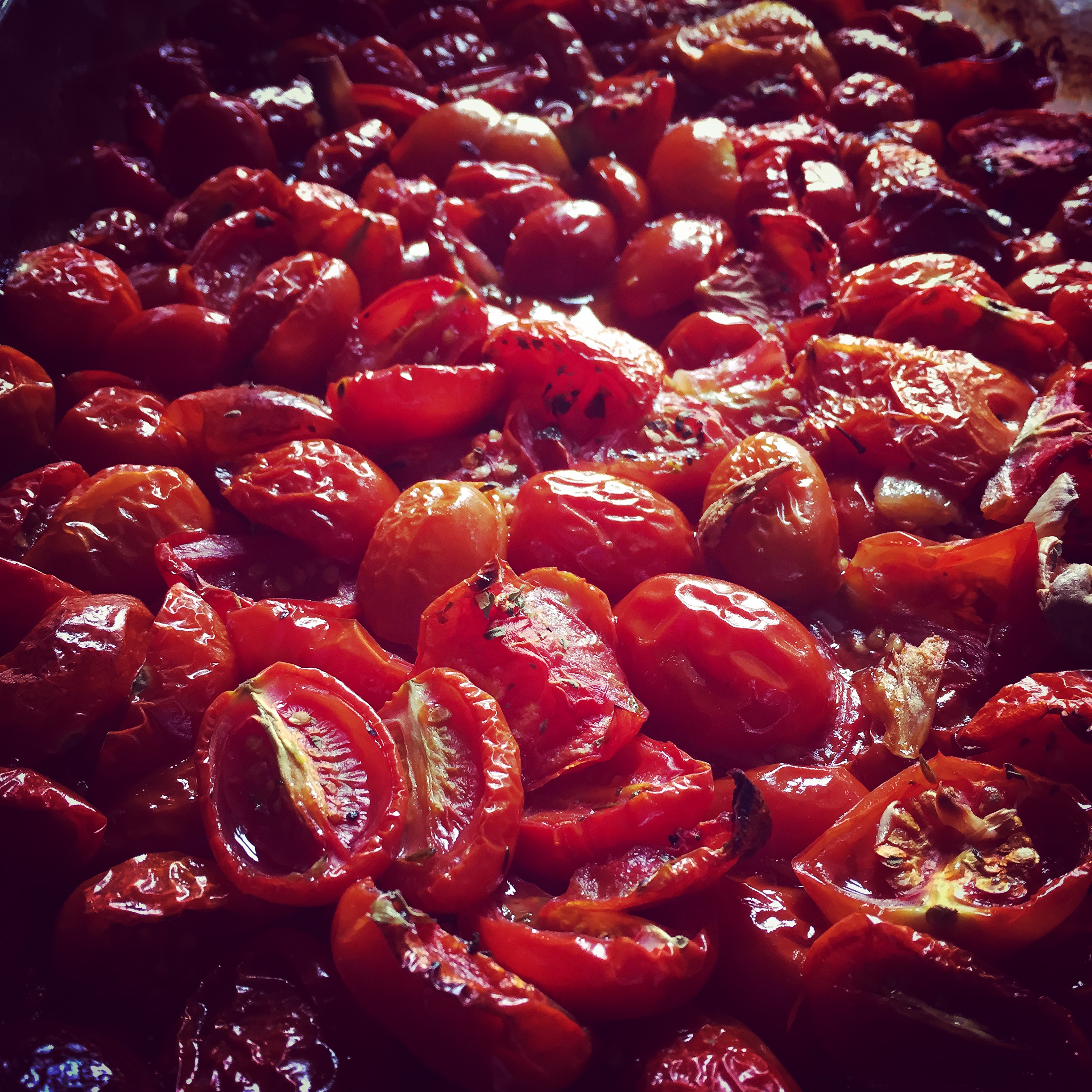Recently, I was gifted the most beautiful sour cherries by my friend Carolyn, who is also a chef herself (check out her site here!). She mentioned she turned around for a minute, and her kids ended up harvesting 13 pounds in no time, which makes me the lucky one...since she ended up sharing with me.
Little did she know that sour cherries are very dear to my heart. They are very popular in Romania and I remember growing up eating them every summer...sometimes, picking them as a little girl, from my grandmother's cherry infused liquor (I ended up just fine, never got drunk, I promise), in glorious vanilla pound cakes, or straight from the tree (and everyone seemed to have one). But in all of these, I ended up isolating the cherries, dismissing anything that was around them, and just enjoying their pure taste.
I have to admit, I had to force myself to make something with them. My desire was two eat them straight out of the bag, but I had to come up with something more interesting than that. Also the whole low-glycemic thing came into play...if I made pound cake, well, there's not enough stevia to make pound cake palatable. But here's what eventually did happen:
1. I made a berry crumble for my boys, and they loved it (not pictured) with the crumble topping from Minimalist Baker found here. (I also cut the sugar in 1/2 and mixed cherries with peaches, gooseberries, blueberries and strawberries...a potentially weird combo, but it rocked!)
2. I froze some for my sister (since she has to taste them, but she's returning from a trip in July), and gave some to my mother (who was beside herself, since she obviously spent more time in Romania than I have and she remembers sour cherries fondly).
3. I made a yummy raw hazelnut vanilla torte with sour cherries and chickory flowers, which I'll be using in my wild edibles book (out whenever I get my act together...currently working on two others now).
4. And last but not least, this sour cherry berry breakfast bowl. In love with the last sweet tart tastes of these beauties, and breakfast is complete.
1/2 cup coconut yoghurt (plain or unsweetened vanilla)
1/2 cup almond milk, unsweetened
1/2 cup sour cherries, pitted
1/2 cup frozen strawberries
1 scoop chocolate classic protein powder (Sunwarrior, vegan, raw)
sprinkles of blueberries, unsweetened coconut flakes, cacao nibs, and chia
Blend yoghurt, milk, berries and powder until smooth. Pour into your favorite bowl and decorate with blueberries, coconut, cacao and chia. Enjoy!
